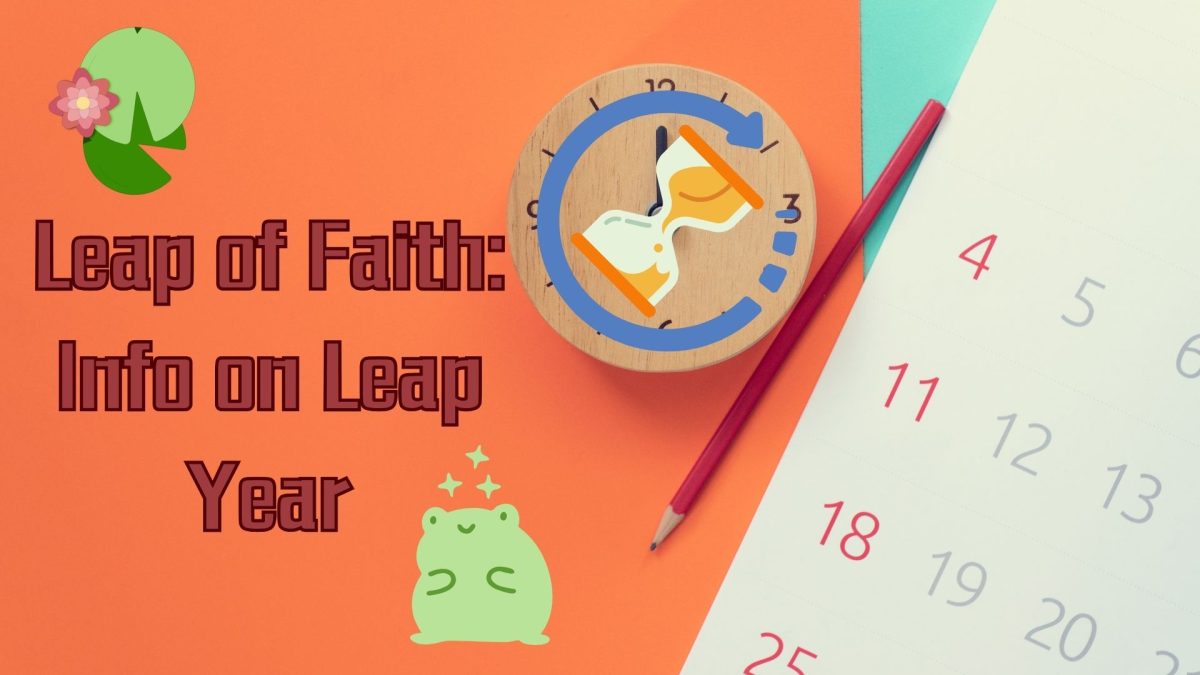The concept of leap year has been around for a very long time, and it is becoming a part of everyday life. Every four years, a new day appears at the end of the shortest month, February. As a result of this common cycle, people tend to not question why we do it in the first place.
Those who do question it sometimes compare it to time change, another weird thing a decent sum of people believe in and participate in around the world; however, leap year is far more interesting than just being a tradition many adhere to. The special day of February 29th has developed plenty of its own unique traits to pair with, some being a bit bizarre.
Starting, why does leap year even exist? Well back in 45 B.C.E, emperor Julius Caesar of Rome introduced the solar calendar, a calendar that bases its months, days, and general time on the movement of the sun and planet. As a result, the extra day was made to keep track of the earth’s movement, and every 4 years enough extra hours are available due to being designed on 12 months to “create” a new day.
Many cultures would later take on the leap year concept, creating their thoughts and opinions on the day. One example is in history it has been acceptable for women to propose on the 29th without it being quite as taboo to do so. The custom has become associated with many different figures including St. Bridget and St. Patrick, the supposed story being that St. Bridget complained that women had to often wait far too long for a suitor to ask the questions, and St. Patrick complied with the complaint by allowing the rare day to be when it is okay for a role reversal.
Ironically on the same topic, some cultures believe it is bad luck to become engaged or be wed on a leap year. One such example is Greece, where 1 in 5 couples avoid tying the knot in the year statistically. This also could arguably make leap year bad luck for the businesses involved in weddings and marriage.
One family is in the Guinness World record for having three consecutive generations worth of children born on the leap year. The Keoghs to be exact, Peter Anthony Keogh was born on February 29th, 1940 in Ireland, his son in 1964, and his granddaughter in 1996. Babies born on leap year being called leapers, or leaplings means this family has quite a few more than any other has at once.
Everyone talks a lot about leap year and as previously stated it comes from the solar calendar, based around the earth’s movement of the sun. This opens up a question, what about cultures who use a lunar calendar, a calendar based around the cycles of the moon? They also have a leap year technically, but instead of the new day every four years, they have a whole new month every three years.
So the ideas and ideas based on leap year are rather strange, but they are still rather interesting to learn about. At the same time, it is a very normal occurrence in the lives of everyday people, whether it’s a new day or a new month. Ultimately, people should take advantage of the extra hours gifted to the world every leap year, because they aren’t always around.








